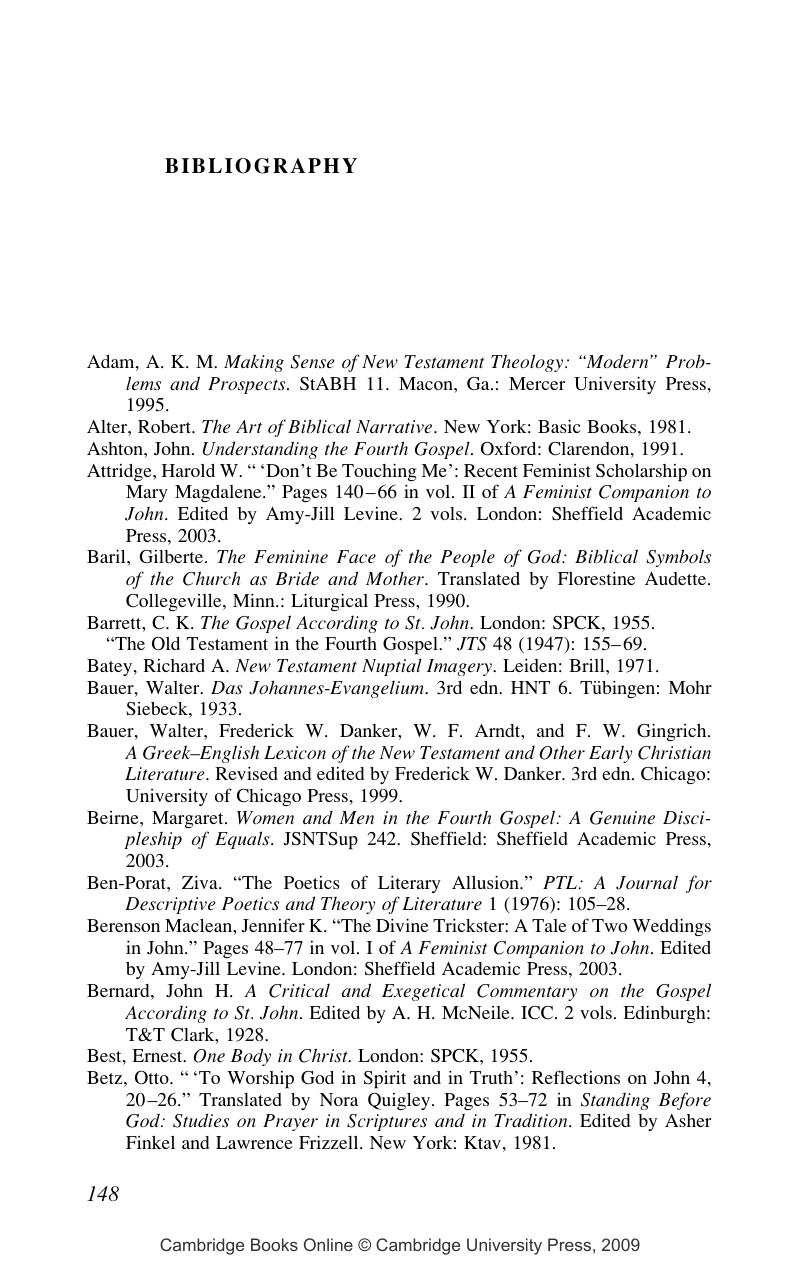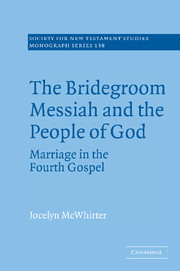Book contents
- Frontmatter
- Contents
- Acknowledgments
- List of abbreviations
- 1 Allusions to biblical texts about marriage
- 2 Echoes of Scripture, representative figures, and messianic exegesis
- 3 The revelation of the bridegroom-Messiah: allusions to Jeremiah 33:10–11 and Genesis 29:1–20
- 4 The glorification of the bridegroom-Messiah: allusions to Song 1:12 and Song 3:1–4
- 5 The bridegroom-Messiah of Psalm 45 in the Song of Songs, Jeremiah 33:10–11, and Genesis 29:1–20
- 6 Hearing the echoes
- 7 Conclusion
- Bibliography
- Scripture index
- Index of ancient commentators
- Index of modern commentators
- References
Bibliography
Published online by Cambridge University Press: 22 September 2009
- Frontmatter
- Contents
- Acknowledgments
- List of abbreviations
- 1 Allusions to biblical texts about marriage
- 2 Echoes of Scripture, representative figures, and messianic exegesis
- 3 The revelation of the bridegroom-Messiah: allusions to Jeremiah 33:10–11 and Genesis 29:1–20
- 4 The glorification of the bridegroom-Messiah: allusions to Song 1:12 and Song 3:1–4
- 5 The bridegroom-Messiah of Psalm 45 in the Song of Songs, Jeremiah 33:10–11, and Genesis 29:1–20
- 6 Hearing the echoes
- 7 Conclusion
- Bibliography
- Scripture index
- Index of ancient commentators
- Index of modern commentators
- References
Summary

- Type
- Chapter
- Information
- The Bridegroom Messiah and the People of GodMarriage in the Fourth Gospel, pp. 148 - 161Publisher: Cambridge University PressPrint publication year: 2006



